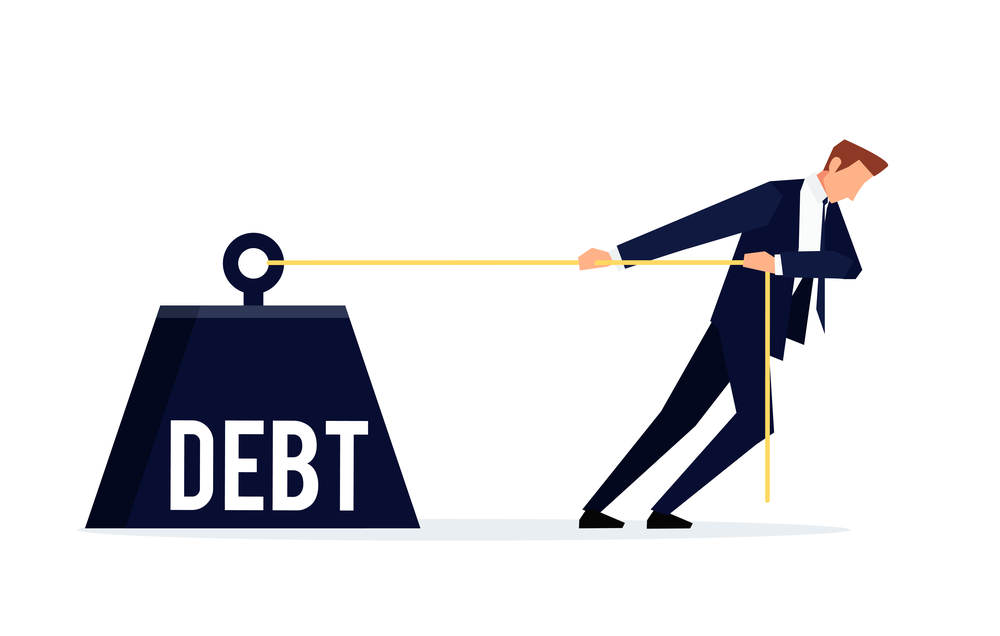 Personal debt can quickly spiral out of control, burdening individuals with overwhelming financial stress. Whether it arises from student loans, credit cards, or other forms of borrowing, tackling this problem requires careful planning and discipline. In this blog post, we will delve into effective strategies that Canadians can employ to regain control over their personal debt and pave a path toward financial freedom.
Personal debt can quickly spiral out of control, burdening individuals with overwhelming financial stress. Whether it arises from student loans, credit cards, or other forms of borrowing, tackling this problem requires careful planning and discipline. In this blog post, we will delve into effective strategies that Canadians can employ to regain control over their personal debt and pave a path toward financial freedom.
Assessing the Situation:
The first step towards fixing out of control personal debt is to understand the extent of the problem. This involves identifying all outstanding debts and organizing them by interest rates and due dates. By compiling a comprehensive list, one can gain a clear perspective on the scale of the issue, allowing for better planning and prioritization.
Creating a Budget:
Building a solid budget is vital to regain control over personal debt. By listing income sources and categorizing monthly expenses, students can identify areas where they can reduce spending. Allocating a portion of income towards debt repayment will ensure regular progress towards eliminating outstanding balances.
Minimizing Expenses:
Taking a critical look at expenses can reveal opportunities for saving money. High school students should consider cutting back on non-essential purchases, such as eating out or buying unnecessary items. By making small sacrifices in the short term, individuals can allocate more funds towards paying off their debts.
Exploring Debt Consolidation:
For individuals with multiple high-interest debts, debt consolidation can be an effective strategy. This involves combining several debts into a single, manageable payment plan with a lower interest rate. By reducing monthly payments, this method facilitates progress in paying off debts more rapidly.
Seeking Professional Advice:
High school students struggling with personal debt should not hesitate to seek help from a financial advisor or credit counsellor. These professionals possess extensive knowledge about debt management and can provide tailored strategies to address individual circumstances. They can also negotiate with creditors on behalf of students to secure better terms and repayment plans.
Increasing Income:
Finding ways to supplement income can be an effective approach for tackling personal debt. High school students could explore part-time job opportunities or consider monetizing personal skills, such as tutoring or freelancing. The additional income generated can significantly accelerate the debt repayment process.
Utilizing Financial Tools:
There are various financial tools specifically designed to assist individuals in managing their personal debt. High school students should take advantage of smartphone apps or online platforms that provide budgeting assistance, track expenses, and send reminders for due payments. These tools can enhance organization and prompt responsible debt management.
Prioritizing High-Interest Debts:
When allocating funds towards debt repayment, it is crucial to prioritize debts with the highest interest rates. Paying off high-interest balances first prevents further accumulation of debt and ultimately saves money in the long run. By systematically eliminating high-interest debts, students will gain a sense of accomplishment and motivation to continue addressing their financial challenges.
Building an Emergency Fund:
Building an emergency fund is crucial to ensure that unexpected expenses do not lead to further debt accumulation. High school students should set aside a portion of their income each month into a designated savings account. Having a safety net prevents reliance on credit cards or loans during emergencies, reducing future financial strain.
Staying Committed and Seeking Support:
Finally, tackling personal debt requires resilience and commitment. High school students should set realistic goals and monitor their progress regularly. Celebrating small victories along the way can help maintain motivation. Surrounding oneself with supportive friends and family members who understand the importance of financial stability can also provide valuable encouragement.
Repairing personal debt requires discipline, perseverance, and a well-thought-out strategy. By assessing one’s situation, creating a budget, minimizing expenses, seeking professional assistance, and utilizing tools and techniques, Canadians can regain control over their finances. With commitment and determination, the path to financial freedom becomes attainable, allowing individuals to enjoy a future free from the burden of overwhelming personal debt.
